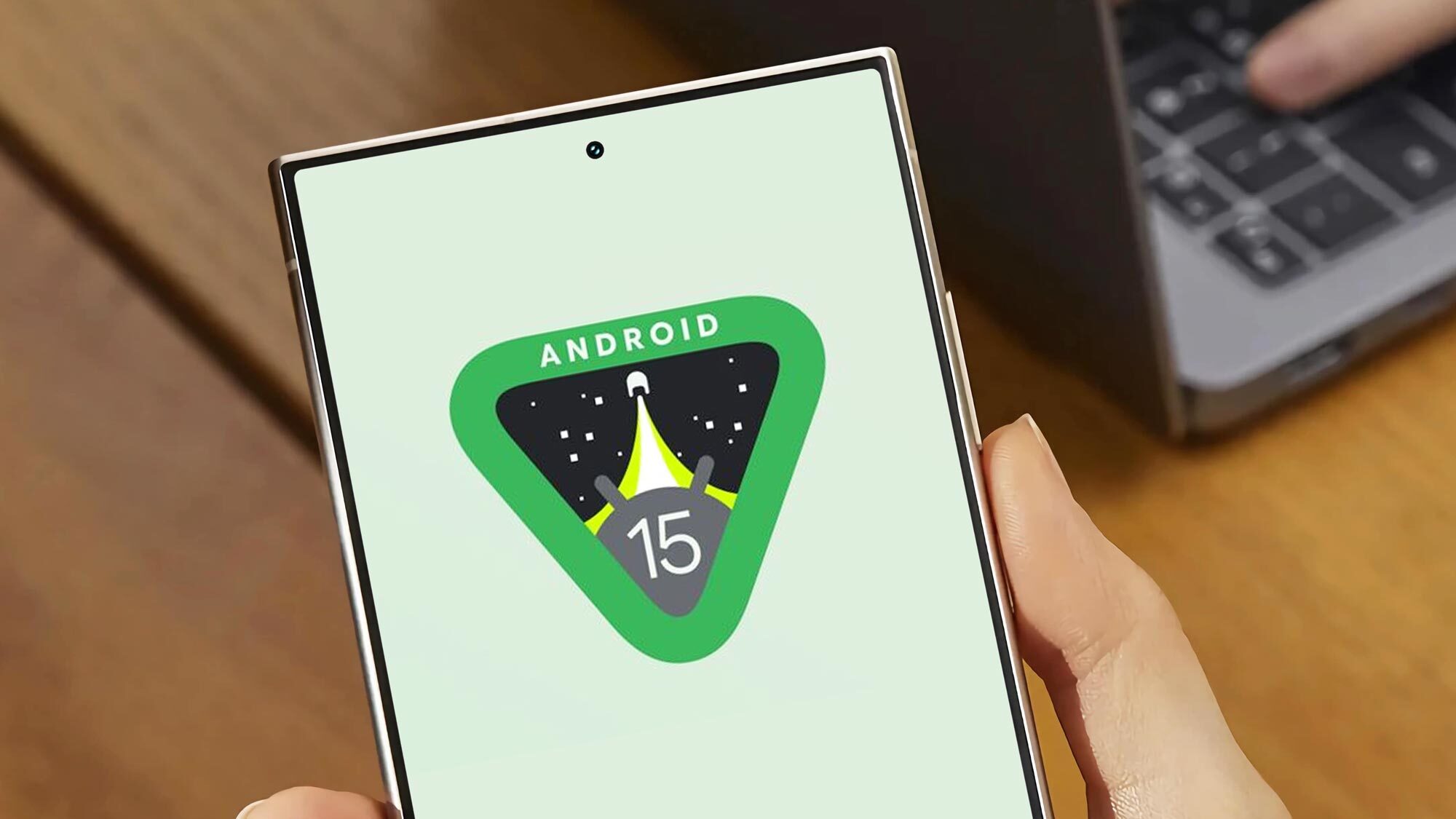The LG C5 OLED is 5-star TV — but I would buy this instead
Is the difference in performance worth the difference in price?
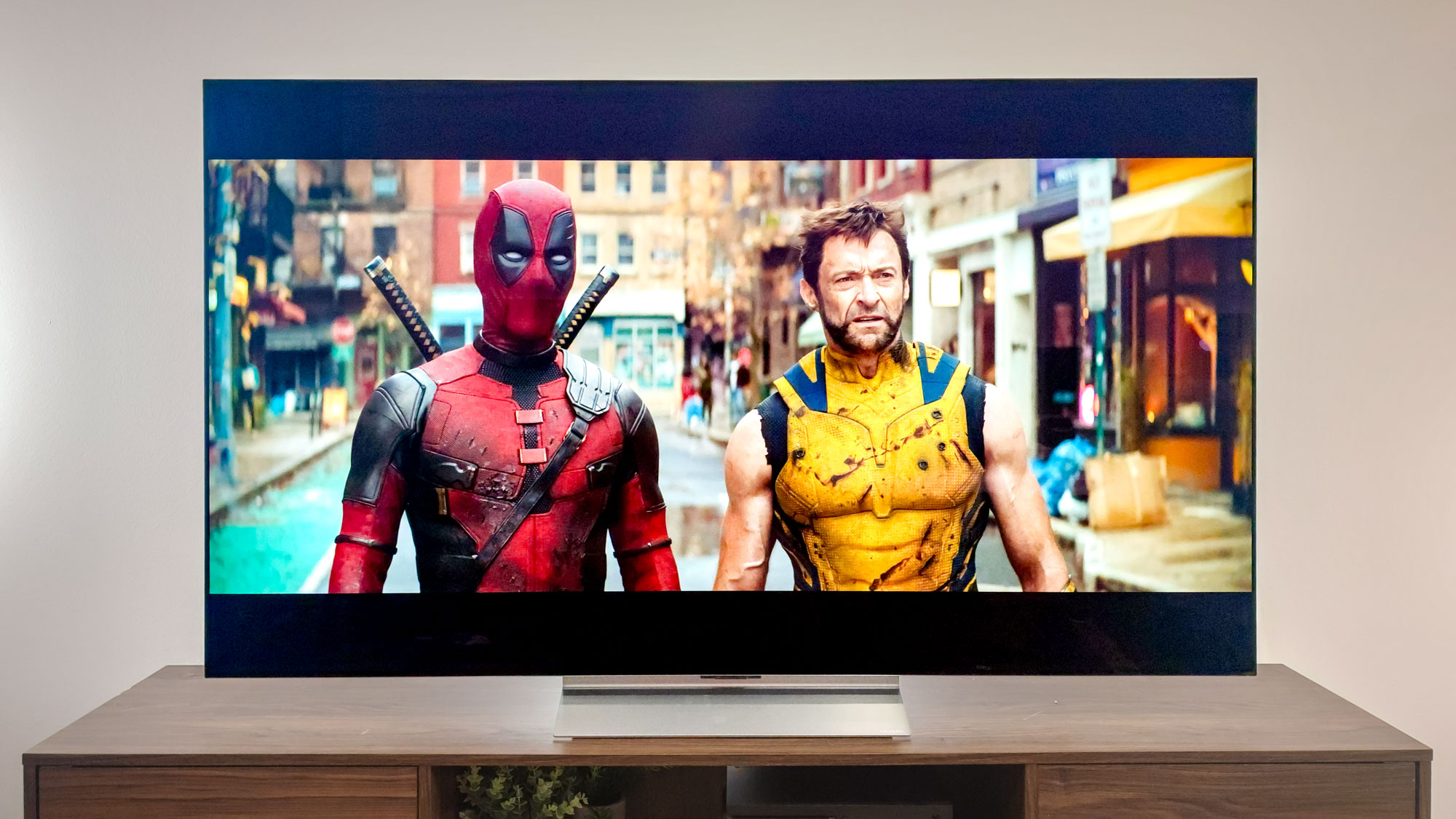
We recently published our LG C5 OLED review, and with it came heaps of testing data and hands-on reporting about LG’s latest mid-range OLED. Spoiler alert: It’s a stunning TV that our own Matthew Murray calls “nearly flawless.”
Despite the eye-popping picture, the praiseworthy set of features and our much-deserved accolade, I think there’s an LG OLED more worthy of your dollar right now: the LG C4.
Both sets are among the best OLED TVs you can buy, but there are three factors that push the C4 over the top: its performance, features and price relative to the C5. Let’s start with performance.
The LG C5 is only a slightly better performer than the C4
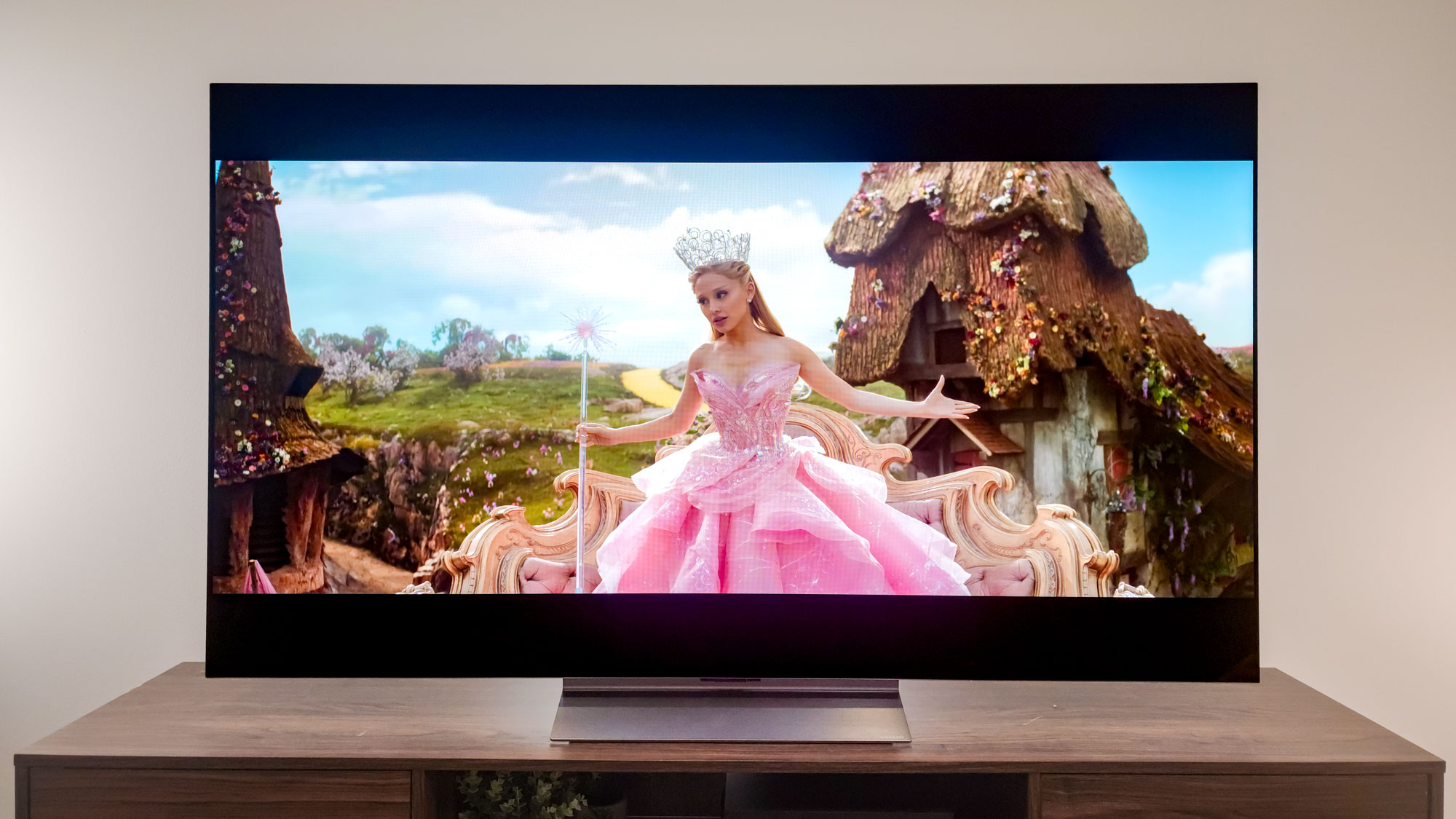
These two TVs have plenty in common when it comes to picture quality, but that’s a good thing — they’re both incredible-looking TVs.
From a hardware perspective, there’s not much of a difference between their displays. Each TV leverages a WOLED panel and neither of them makes use of additional display enhancements, like quantum dots or LG Display’s Micro Lens Array (MLA) technology.
Here’s a chart that shows how they measure up based on our test results. The newer C5 is on the left side of the chart.
| Header Cell - Column 0 | LG C5 | LG C4 |
|---|---|---|
SDR Brightness (10%, in nits) | 335 | 296 |
HDR Brightness (10%, in nits) | 1,165 | 1,049 |
Delta-E (lower is better) | 1.2 | 1.8 |
Rec. 2020 Gamut Coverage | 76.18% | 72.27% |
Input Lag (ms) | 9.1 | 9.2 |
These are fantastic test results, but there’s not much of a difference between the two TVs.
Let me start by saying that these are fantastic test results for OLEDs in this class. These are well-engineered TVs that put performance first, and these results line up with our real-world testing in watching movies and shows. However, there’s not much of a difference between the two.
The C5 gets brighter in both SDR and HDR, but I’d wager that most viewers wouldn’t notice a difference unless the two sets were sitting side by side. In HDR, the C5’s increase in brightness will manifest mostly in small highlights (the reflection of sunlight on water, for instance).
According to our testing, the C5 offers slightly better color volume, too. But as is the case with brightness, I’d only expect the most eagle-eyed of viewers to even notice a difference. The same can be said for out-of-the-box accuracy.
Gamers needn’t fear that they’re missing out on a snappier C5 experience — both of these OLEDs offer nearly identical input lag, and because they both settle below 10ms, gaming is buttery smooth on both TVs.
The story’s the same when comparing each TV’s bells and whistles.
The C4 and C5 share most of the same features
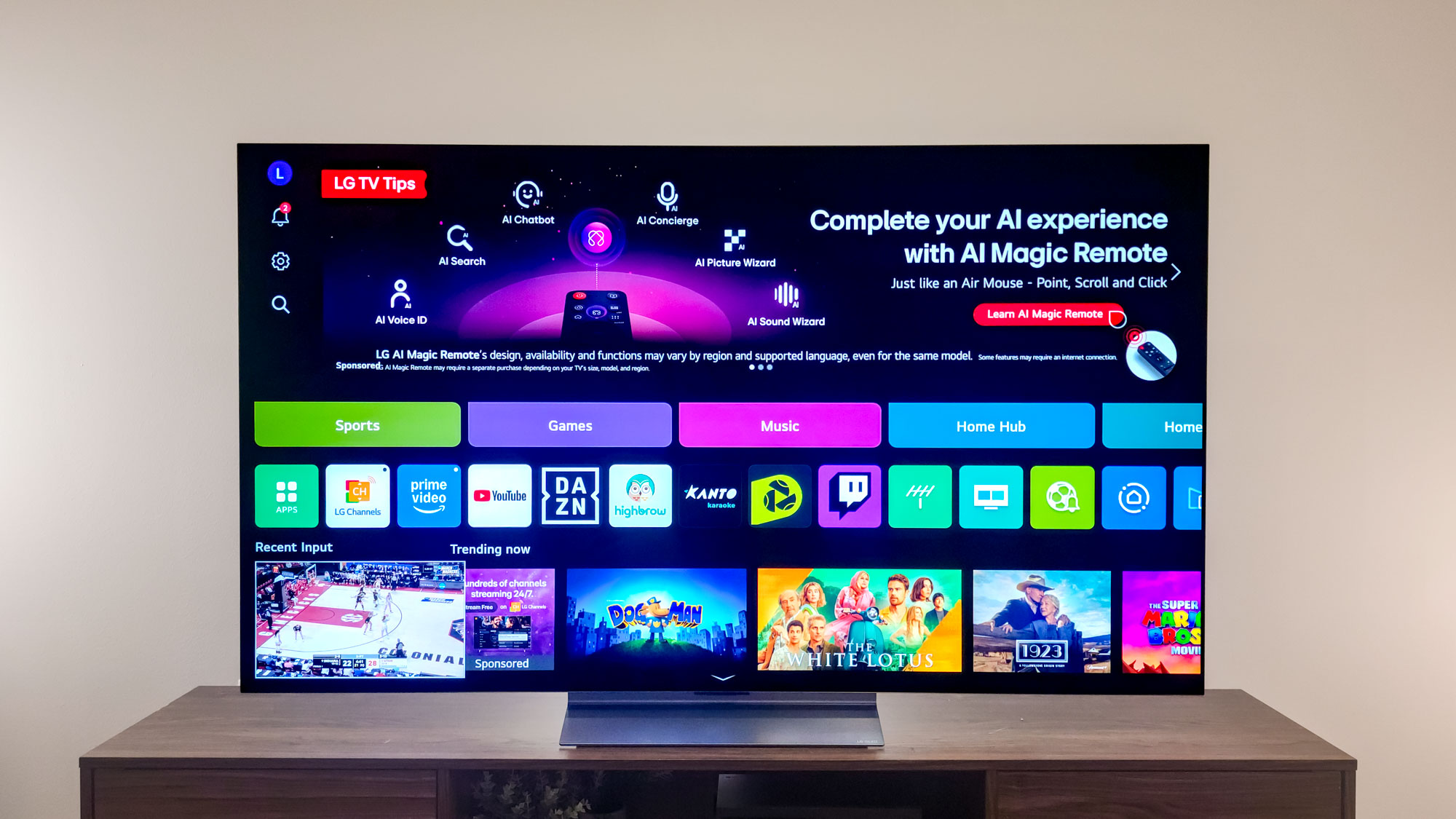
If you’re planning on using your next TV as a daily driver for all of your streaming needs, the C5 and the C4 deliver a largely similar experience.
Each set comes with LG’s webOS built in, and despite the fact that the C5 is running the latest version (webOS 25), LG’s commitment to offering five years of major webOS updates means the C4 will eventually grow into webOS 25.
C4 owners won’t be getting the newest generation of LG’s Alpha 9 AI processor, and you might decide that its added enhancements are worth the upgrade — namely AI-based, voice recognition features and an AI chatbot — but those wouldn’t move the needle for me.
Gamers probably won’t notice a difference between these TVs. Both of them offer a full suite of HDMI 2.1 inputs and support 4K gaming at both 120Hz and 144Hz. Ditto for features like Variable Refresh Rate (VRR), AMD FreeSync Premium and Nvidia G-Sync compatibility. With Dolby Vision support in tow, select Dolby Vision titles will be looking their best, too.
In moving through each TV’s menu systems and smart platforms, you might notice a minor difference here and there. When taken as a whole, however, these TVs offer a near-identical set of features for streaming, gaming or just making minor adjustments to the picture.
But there’s one aspect of the C5 and C4 that couldn’t be further apart: their price.
The C4 is much cheaper than the C5 right now
At the time of publishing, a brand-new, 65-inch LG C5 OLED is $2,699. It’s a pricey proposition.
On the other hand, the 65-inch LG C4 is just $1,396 on Amazon right now. That’s right: It's a full $1,300 cheaper than its successor.
What does that $1,300 net you at a 65-inch size point? A slightly brighter picture, a handful of AI-based features and an updated remote control.
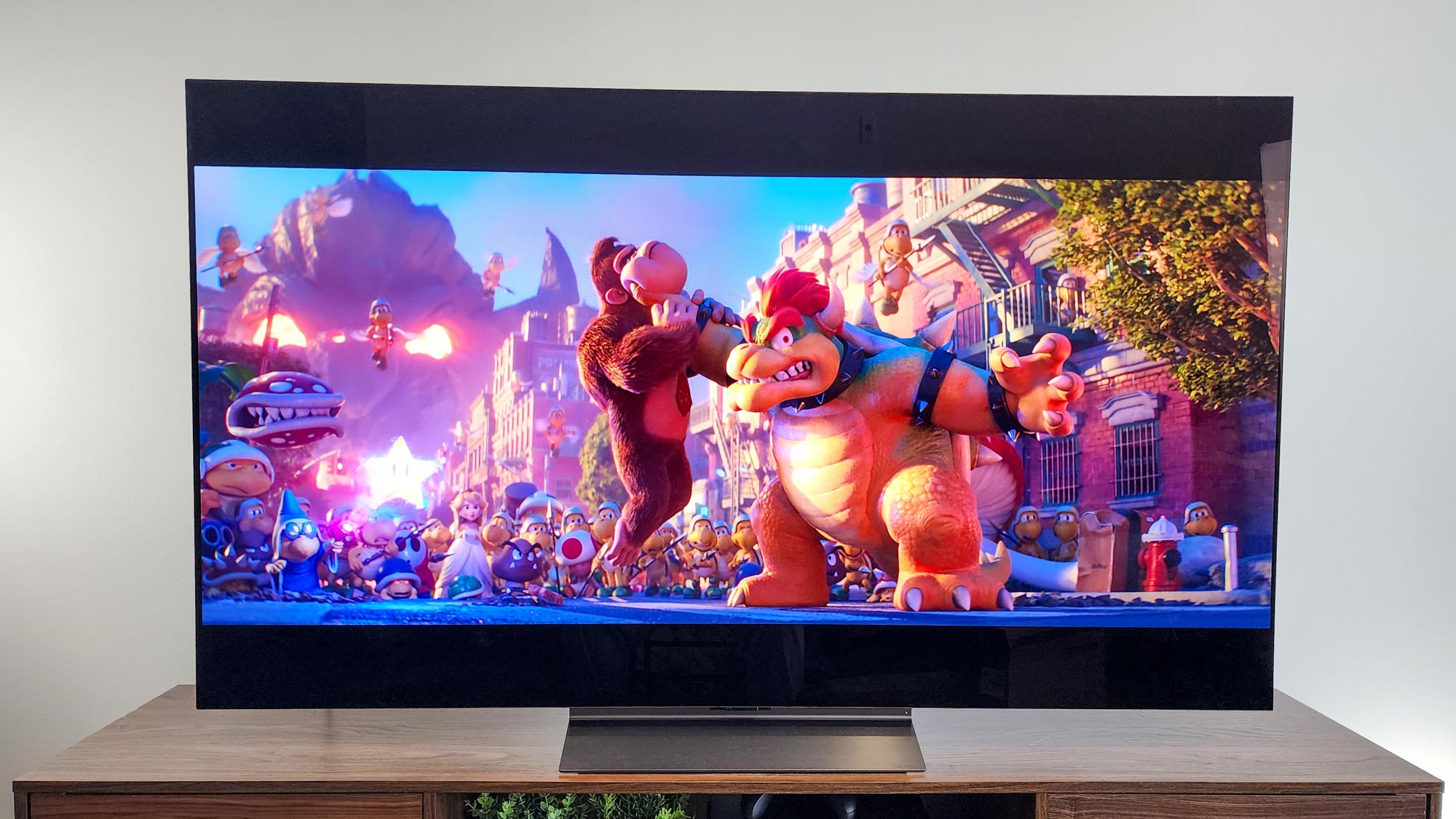
Now, to be fair, you might be shopping for a 55- or 77-inch OLED TV. But even still, the difference in price between the C4 and C5 at these size points is about $800 and $1,500, respectively.
One could argue that the biggest benefit of spending more on the C5 is intangible; you get the newest version of a really good TV, and in the process, you earn the peace of mind that comes with getting the newest and best version of something.
I’m certainly not immune to the ever-beckoning allure of the new and shiny, and the C5 OLED is shiny in all the right ways, but the difference in price here is tough to ignore.
At a time when our budget for luxury goods like TVs is tighter than ever, know that you can get 99% of the performance from a TV that costs half the price should make a lot of shoppers very happy. They’re both incredible TVs, but I know which one I’d buy.
More from Tom's Guide
Sign up to get the BEST of Tom's Guide direct to your inbox.
Get instant access to breaking news, the hottest reviews, great deals and helpful tips.

Michael Desjardin is a Senior Editor for TVs at Tom's Guide. He's been testing and tinkering with TVs professionally for over a decade, previously for Reviewed and USA Today. Michael graduated from Emerson College where he studied media production and screenwriting. He loves cooking, zoning out to ambient music, and getting way too invested in the Red Sox. He considers himself living proof that TV doesn't necessarily rot your brain.
You must confirm your public display name before commenting
Please logout and then login again, you will then be prompted to enter your display name.
